All products featured are independently chosen by us. However, SoundGuys may receive a commission on orders placed through its retail links. See our ethics statement.
Beats Studio Pro vs Sony WH-1000XM5: Which should you buy?
August 7, 2025



Now that Beats has returned to the ANC headset game with the Beats Studio Pro, how do they compare with the market at large? The last champion of the masses, the Sony WH-1000XM5, has been out in the world for a while now, so let’s look at how they compare head-to-head.
- August 7, 2025: We updated our isolation measurement chart comparison.
- November 12, 2024: We added a comparison between the MDAQS results to the sound quality section.
What’s it like to use the Beats Studio Pro compared to the Sony WH-1000XM5?
Though both products in question are mass-market ANC headphones, the Beats Studio Pro and Sony WH-1000XM5 have very different design philosophies. The former are a smaller set of headphones that fit the established Beats plastic aesthetic, with a host of Apple-specific features. The latter are larger and iterate on four versions of segment-leading cans built around user comfort.
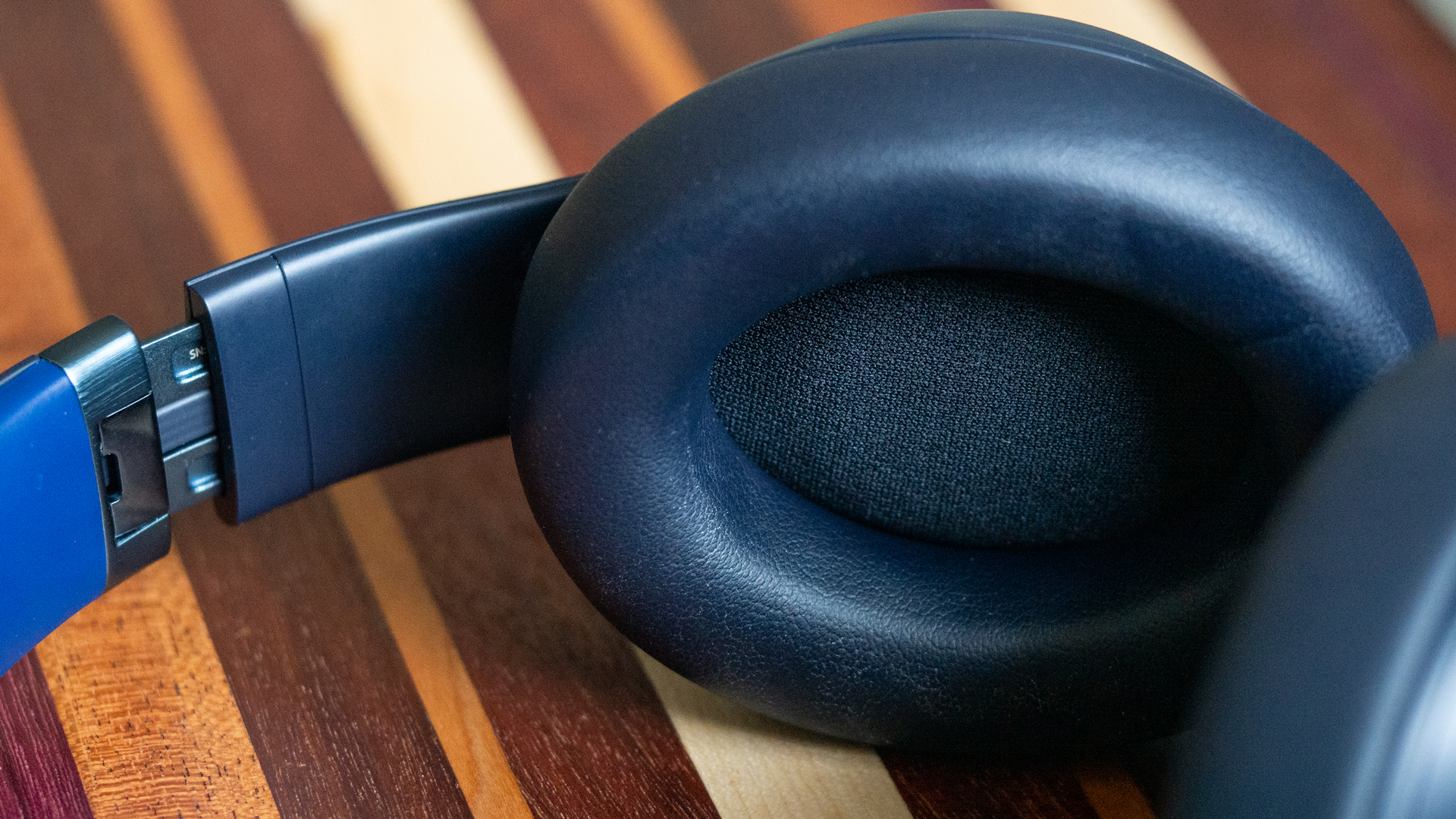
While it may seem like this is merely a divergence in philosophy, the smaller ear cups of the Beats Studio Pro often put too much pressure on your outer ear. The dearth of padding on the tight headband of the headphones means that those with medium to large-sized heads will likely have some comfort issues. The Sony WH-1000XM5 avoids this by having deeper, better-padded ear cups and a softer band with more foam at the point where it meets your skull. This means a much easier fit for anyone with glasses or a bigger head. This also means the Sony WH-1000XM5 will be much more comfortable in the long run.
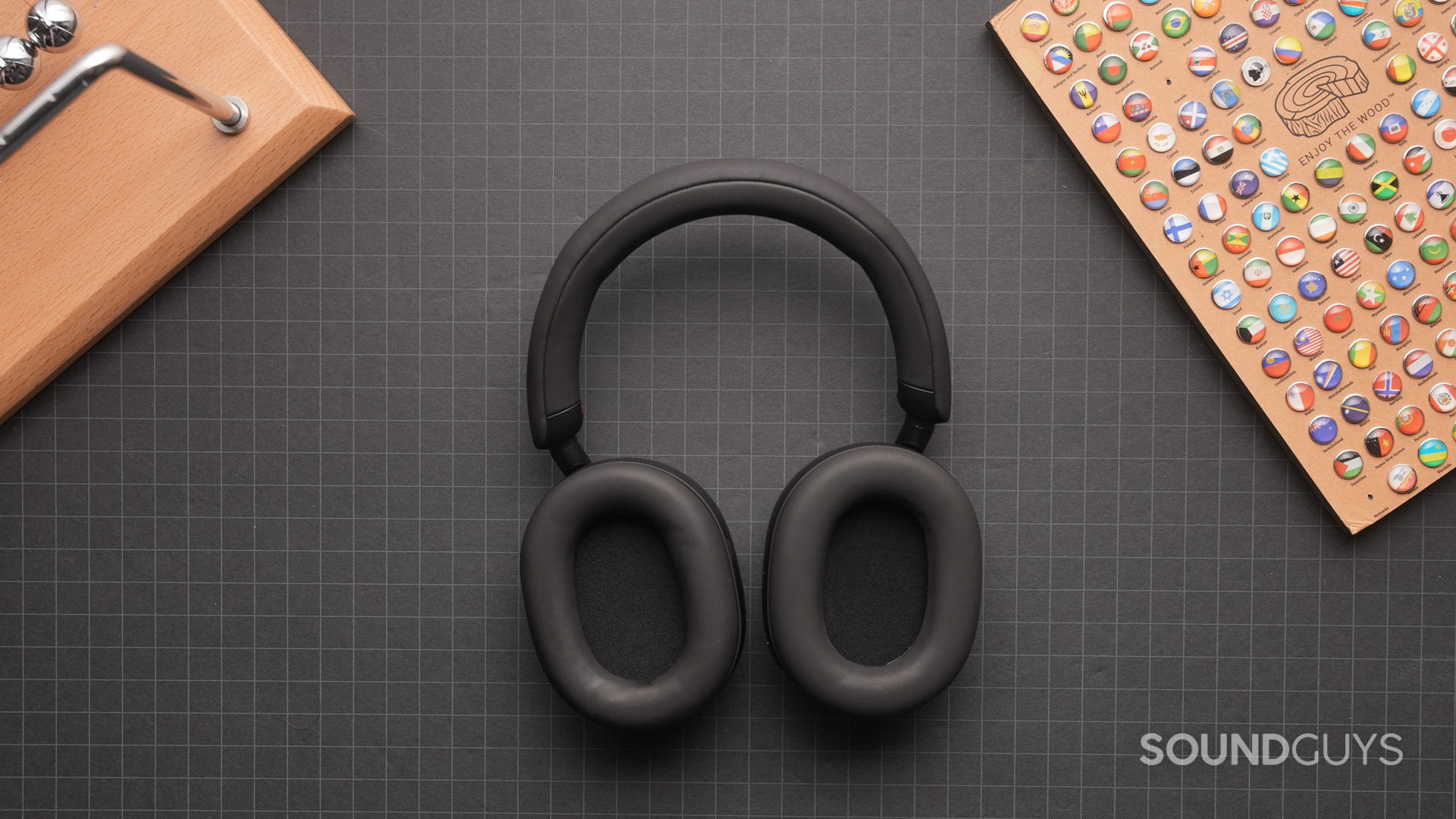
Because both headphones are intended to be portable, each has a carrying case. However, though the Beats Studio Pro fold down to take up less space, the Sony WH-1000XM5 can only lie flat in their case, which is significantly bigger than that of the Beats headphones. Neither product is water resistant nor particularly resistant to abuse, so treat both with some care if you pick them up.
How do you control the Beats Studio Pro and Sony WH-1000XM5?
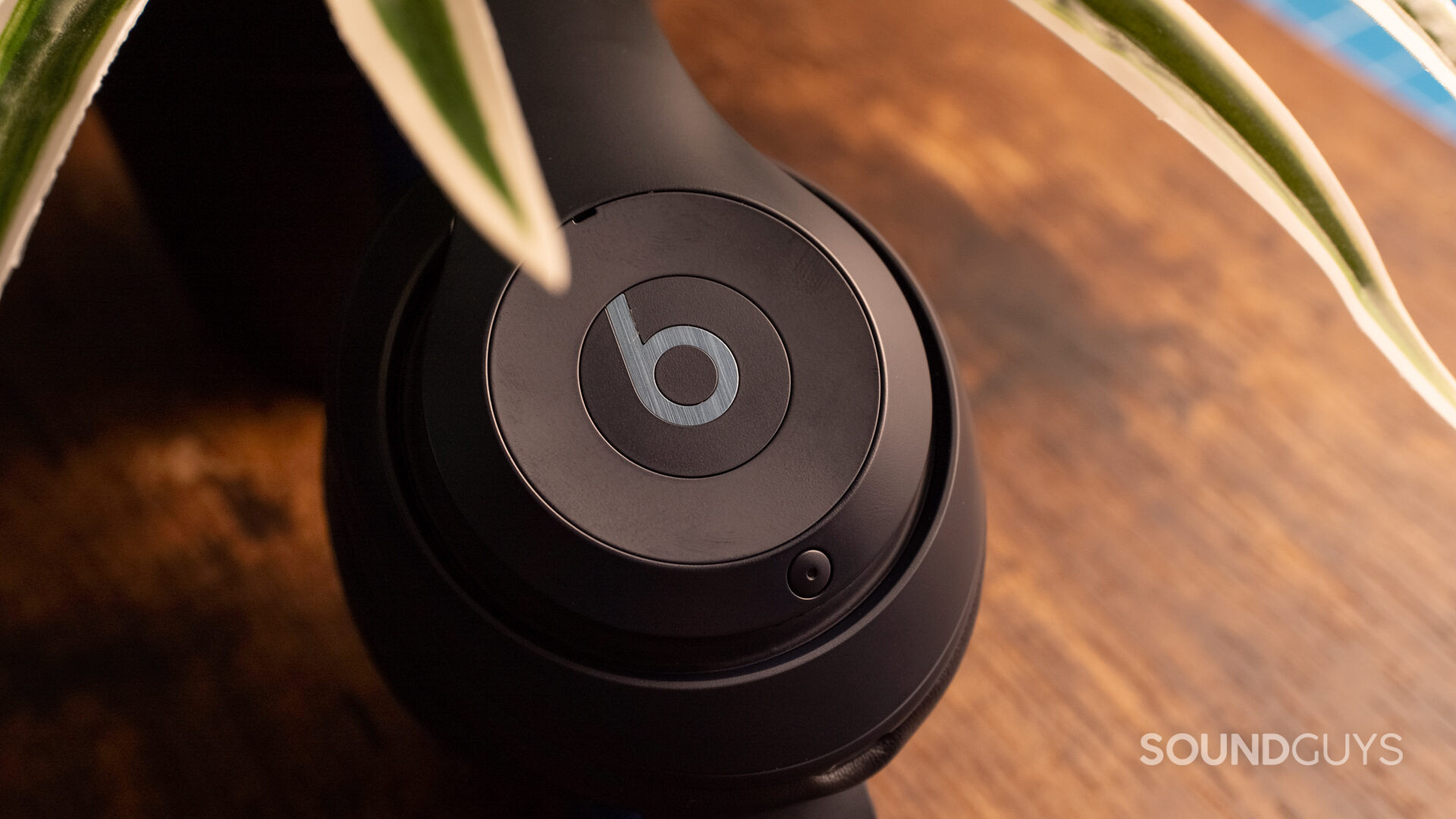
The controls for the Beats Studio Pro are straightforward, if a bit annoying, because the headphones use physical, clicky buttons on the side of the left ear cup. The clicks are quite loud inside the ear cup, so we suggest sticking with the software playback controls wherever possible.
| Button | Single tap | Double Tap | Triple Tap | Long press |
|---|---|---|---|---|
| Button Top area | Single tapDouble TapTriple TapLong press Volume up | |||
| Button Left logo | Single tap Play / Pause | Double Tap Next track | Triple Tap Previous track | Long press Voice assistant |
| Button Bottom area | Single tapDouble TapTriple TapLong press Volume down | |||
| Button System button | Single tap N/A | Double Tap ANC/Transparency toggle | Triple Tap N/A | Long press Power |
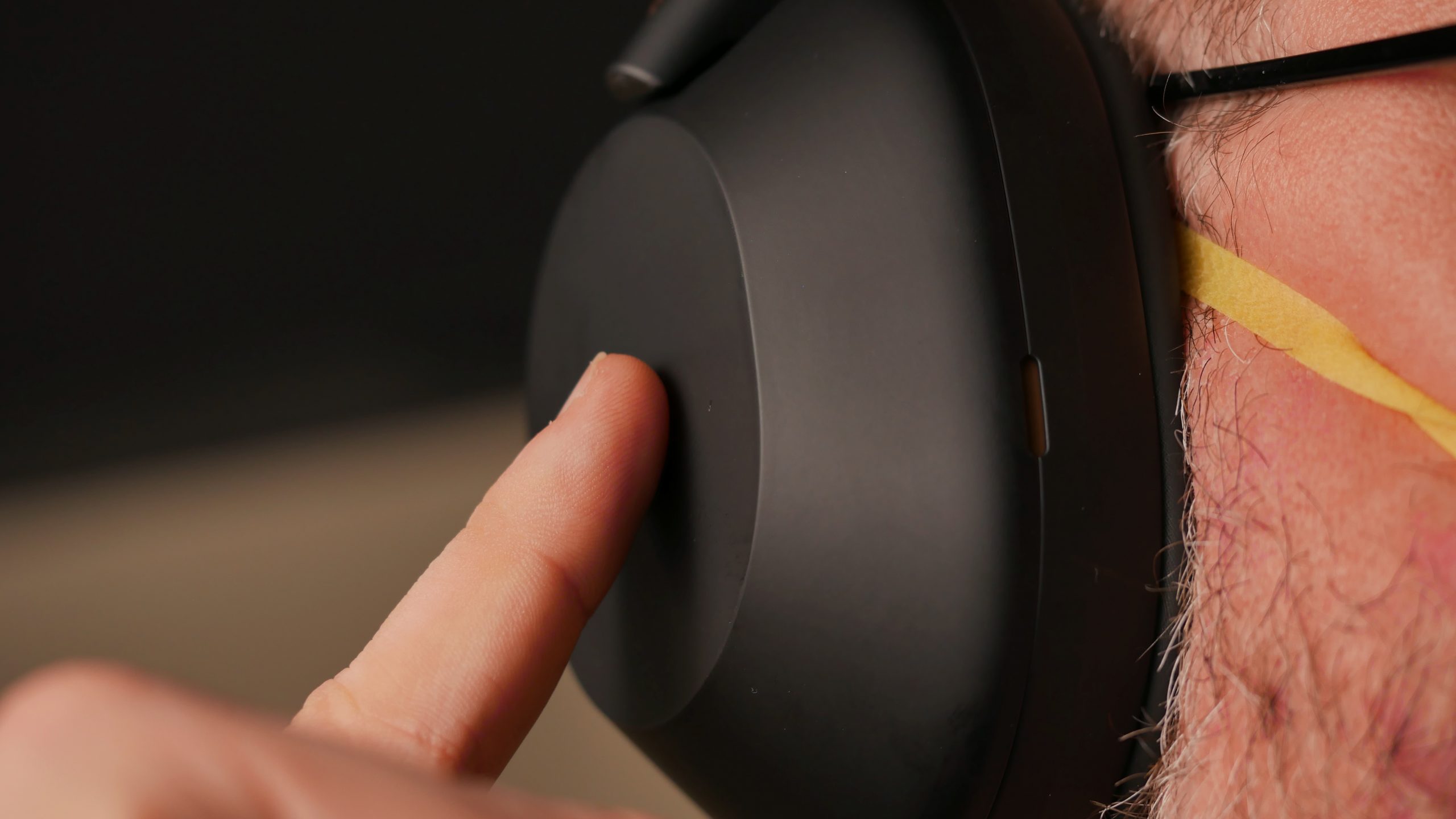
The Sony WH-1000XM5 uses a capacitive touch surface for its control interface. Instead of mashing your fingers into the side of your head, you can use swipe gestures that don’t put any pressure on your ears or cause noise outside of the informational voice prompt or beep.
| INPUT (touchpad) | ACTION |
|---|---|
Swipe up | Volume up |
Swipe down | Volume down |
Swipe forward | Track forward |
Swipe back | Track back |
Hold (center) | Voice assistant |
Double tap center | Pause / resume |
Cup hand | Ambient sound passthrough |
Though some users have reported issues with this kind of interface in extreme cold, we’ve yet to replicate this issue in New England or Canadian winters. Either way, it’s something to watch out for. If you live in an area that doesn’t dip below freezing regularly, this should be fine.
Should you use the apps of either Beats Studio Pro or Sony WH-1000XM5?
If you want to make the most of either of these headphones, you will need to use the respective app. Only the Sony Headphones Connect app has a built-in equalizer to adjust your tunes. iOS users can use the equalizer in the system settings, but that’s not a part of the Beats app. Android users will miss out or have to use a third-party EQ app. For example, head-tracking spatial audio relies on the app, so if you want feature parity with the Beats Studio Pro, you’ll need to make peace with Sony’s software on your phone.
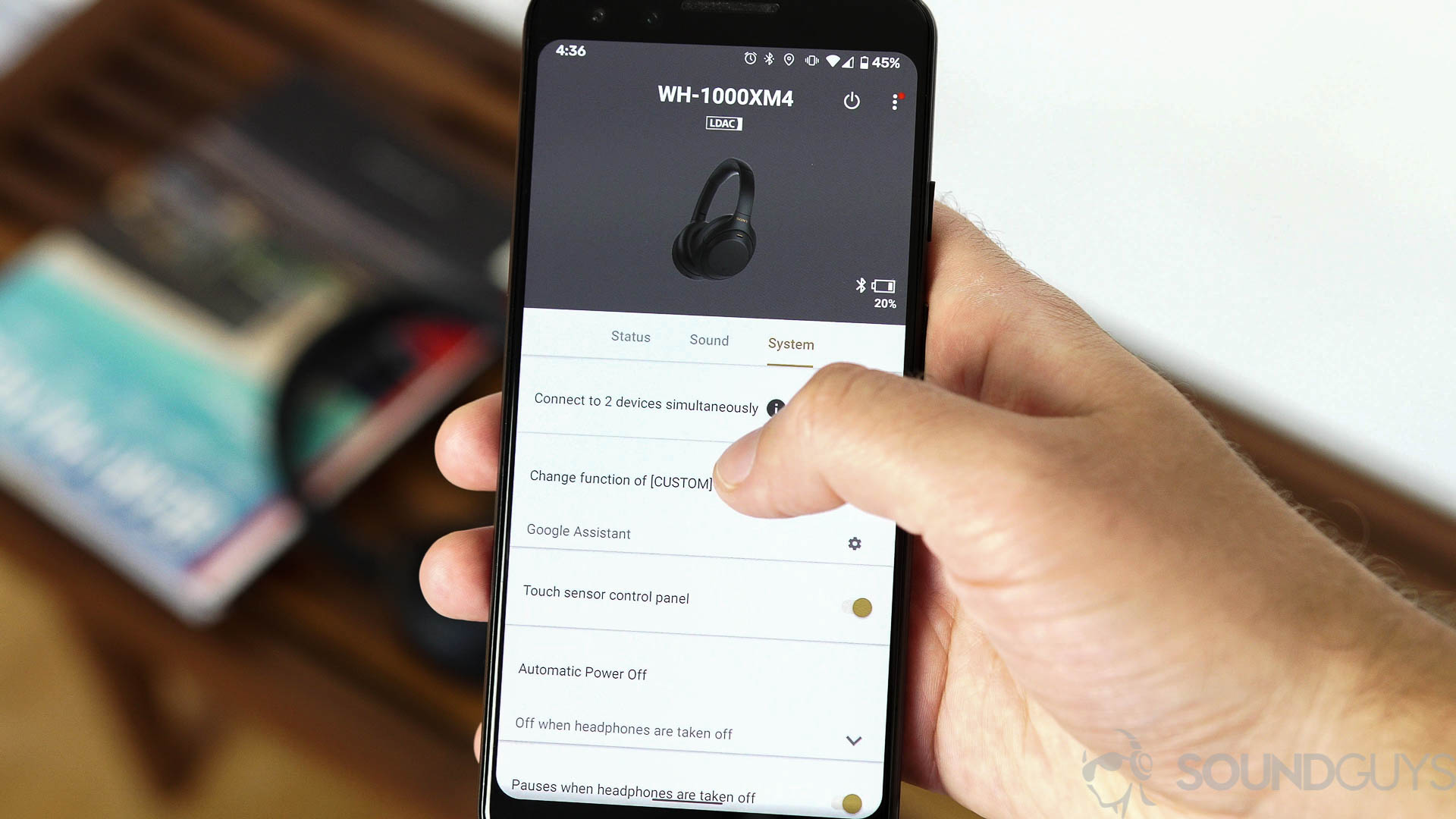
Privacy nerds will probably elect not to install either app, as both collect user data. Given that the Beats app (Android) is mainly helpful for minor tweaks and firmware updates, you can probably skip installing it if you’re happy with the current function of the headphones (the app is not necessary with an iOS device). On the other hand, the Sony app offers a slew of features that can’t be found anywhere else, so ditching this app is a bit of a letdown if you want to avoid sending out personal data over the internet.
How do the Beats Studio Pro and Sony WH-1000XM5 connect?
Both the Beats Studio Pro and the Sony WH-1000XM5 should be able to satisfy just about anyone with their connection methods. Still, the Beats Studio Pro has the added benefit of USB-C audio connectivity. You can enjoy lossless audio over the included USB-C cable if your source device supports it. The Sony WH-1000XM5 doesn’t share this capability, but they do have support for the higher-bitrate codec LDAC. Though it only works with Android, this codec offers a far higher data transfer rate (and, therefore, a better chance at higher audio quality) than other codecs.
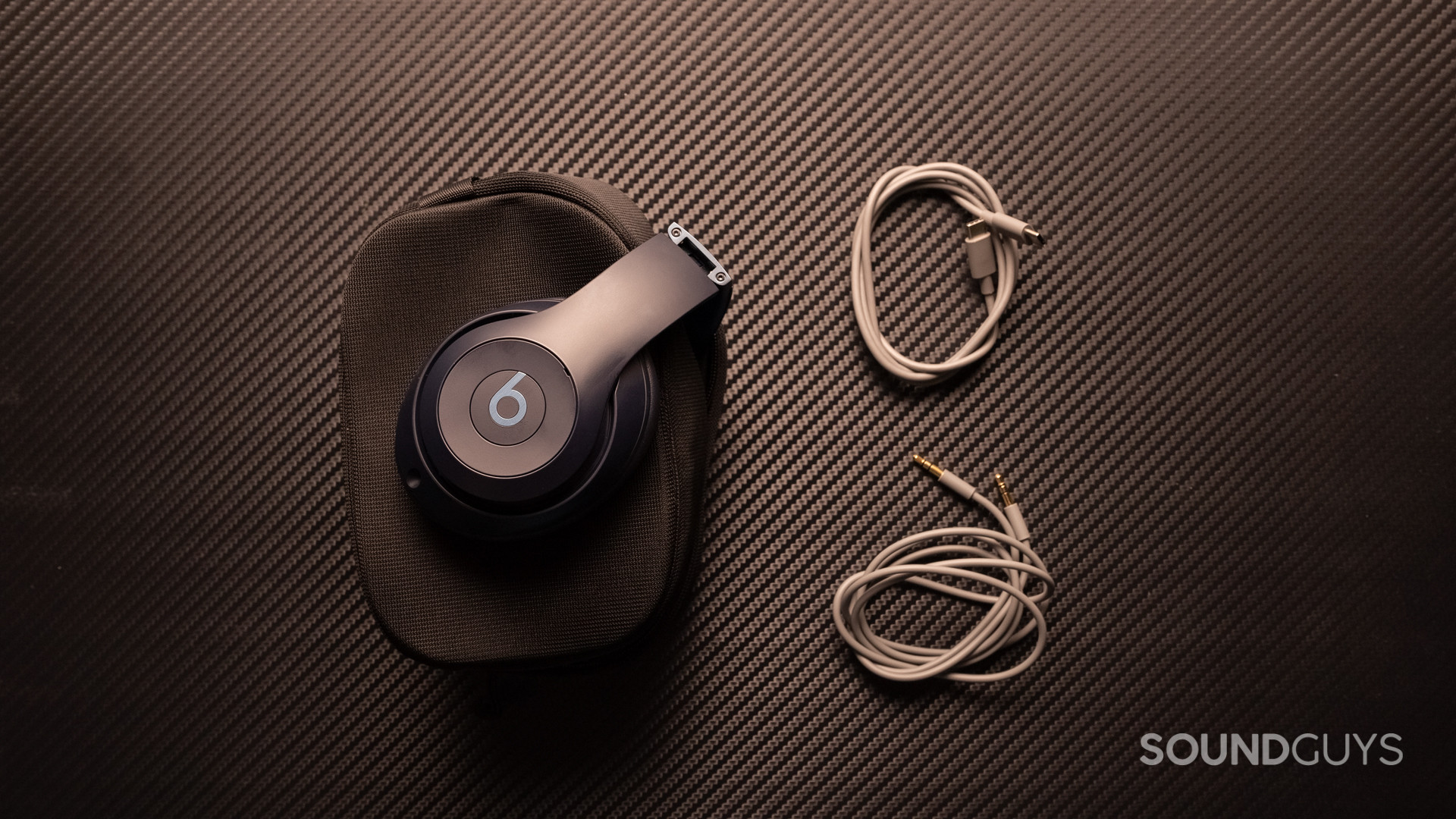
Beyond these differences, both support the use of a 3.5mm cable, and both support the essential codecs AAC and SBC. Neither of these products should leave you wanting more in the compatibility department, but if you like the Sony WH-1000XM5 and desperately want USB-C connectivity, get a dongle; they’re cheap.
Is battery life better on the Beats Studio Pro or Sony WH-1000XM5?
In normal use, both the Beats Studio Pro and Sony WH-1000XM5 have remarkably similar battery life, with the former clocking 31 hours, 25 minutes on our standardized test, and the latter posting 31 hours, 53 minutes. You will not notice a difference between these two headphones when they are used normally. Both products support quick charging and will net you several hours of playback in just ten minutes.
Because of this, there’s also no ecological benefit to choosing one product over the other as far as the battery is concerned. However, both companies have a few differences in how they treat the supply chain. As far as comparisons go, this one’s a wash.
Do the Beats Studio Pro or Sony WH-1000XM5 block noise better?
Loading chart ...
Sony has long been one of the top contenders for ANC, and its latest headphones are no slouches. Though the Beats Studio Pro isn’t bad, it’s just ever-so-slightly poorer at passive and active noise cancelation (ANC) in the mids and highs than the Sony WH-1000XM5. This can largely be attributed to fit, though, as attenuation performance in these ranges is typically the domain of isolation, not ANC.
Even though ANC is no substitute for hearing protection for preventing hearing loss, if you find yourself in noisy environments, the Beats Studio Pro and Sony WH-1000XM5 are highly competent at reducing outside noise. This will allow you to listen to your music at lower levels, which should help you avoid noise-induced hearing loss.
Do the Beats Studio Pro sound better than the Sony WH-1000XM5?
Loading chart ...
Most will prefer the sound of the Beats Studio Pro over the Sony WH-1000XM5, even though preferences vary a bit from person to person. That’s because our testing shows the bass shelf of the Sony headphones starts a little too high, boosting the 100-300Hz range too much. This can reduce midrange clarity compared to headphones like the Beats Studio Pro that don’t do this.
However, if you’re willing to put in a little time, you can get the sound under control with the Sony Headphones Connect app. Dropping the “clear bass” slider by 2-3 notches will reduce bass overemphasis. Whether that’s something you’d prefer is up to you, but you can tinker on one set of headphones and only play around with limited presets on the other.
Speaking of EQ presets, the Beats Studio Pro has three under the hood, but only if you listen over USB. However, we don’t recommend any of them over the default setting because two of them boost the highs, which can lead to harsher sibilant sounds on recordings. You may want to reduce the 5-10kHz range in a third-party EQ app.
Given the more granular control of the equalizer in the Sony Headphones Connect app and the much lower chance of fit issues, we will give this one to the Sony WH-1000XM5.
Multi-Dimensional Audio Quality Scores (MDAQS)
The chart below shows how the sound of the Beats Studio Pro and Sony WH-1000XM5 was assessed by the Multi-Dimensional Audio Quality Score (MDAQS) algorithm from HEAD acoustics.
The Beats Studio Pro dominates in MDAQS testing with an exceptional 4.8/5.0 score, suggesting most listeners will be highly satisfied with its sound quality. In contrast, while the Sony WH-1000XM5 delivers decent performance with good tuning and immersiveness, it falls short of the Beats’ consumer appeal and shows some distortion issues. Though Sony offers EQ customization to potentially improve its sound, the Beats Studio Pro emerges as the clear winner in terms of out-of-the-box sound quality according to MDAQS results.
Do the Beats Studio Pro or Sony WH-1000XM5 have a better microphone?
When it comes to microphones, there are two things we’ll call your attention to. First, the mic of the Beats Studio Pro is very insensitive, meaning a lot of gain will need to be applied by whatever app you’re using to make the signal loud enough. Be warned if you listen to our samples below: the level difference between products here is pretty dramatic.
Second, the Sony WH-1000XM5 does an outstanding job of combating wind noise. This is especially useful if you like to take calls out in the wild, as a gentle breeze can pop up anytime.
Beats Studio Pro microphone demo (Ideal conditions):
Sony WH-1000XM5 microphone demo (Ideal conditions):
Beats Studio Pro microphone demo (Windy conditions):
Sony WH-1000XM5 microphone demo (Windy conditions):
Which microphone sounds best to you?
Beats Studio Pro vs Sony WH-1000XM5: Price and availability
Though the Sony WH-1000XM5’s original price was $399 at release, we’ve seen that price fall at several retailers to better compete with other products during sales. The Beats Studio Pro, on the other hand, retails for $349. Of course, as these two sets of headphones will stick around for a long time, it’s a good bet that their prices will fluctuate as time goes on.
You'll be able to find these headphones just about anywhere
Neither set of headphones will be challenging to find, and you may even be able to find them next to each other in an airport vending machine. As both headphone models will be among the most popular on the planet for the next year and a half, you should also be able to find them at most big box retailers in person or online.
Should you get the Beats Studio Pro or Sony WH-1000XM5?
Despite the similar performance of the two products, we’re still going to recommend the Sony WH-1000XM5 over the Beats Studio Pro. Though on paper, they are close in capabilities, in practice, the lack of padding and small ear cup sizes will cause problems for many people. Though the Sony WH-1000XM5 won’t fit everyone, they have several design features, like angled drivers and thicker foam on the band, that can account for more significant size variances from person to person. In effect, these changes ensure that more people will have a better experience than the Beats Studio Pro offers.
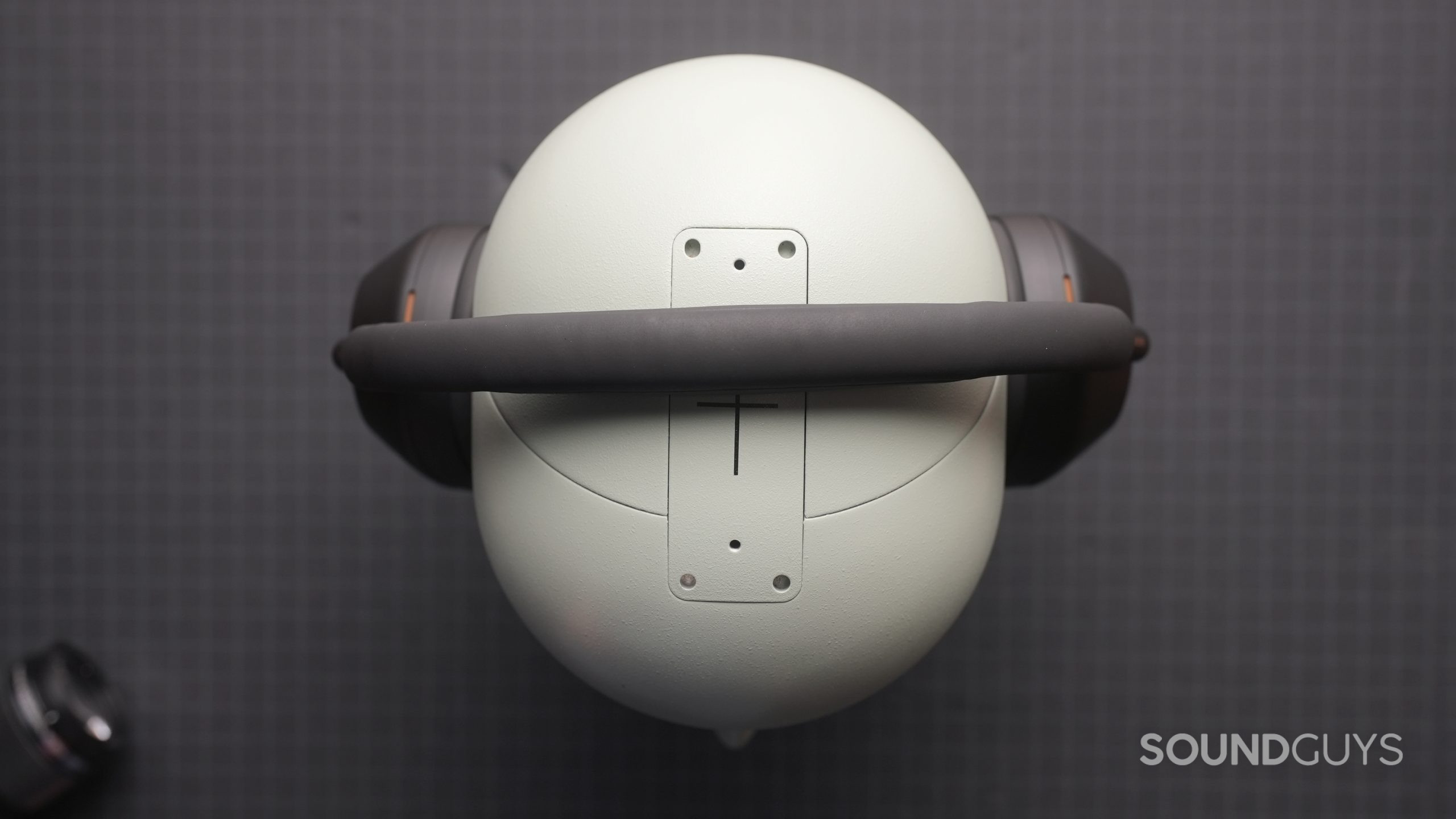
Usually, a feature like USB-C playback would garner at least a niche recommendation. Still, because some fundamental things could be improved with the Beats Studio Pro, this feature isn’t a reason to buy them. There are other headphones out there with this same capability — like the Sennheiser MOMENTUM 4 Wireless ($289.23 at Amazon) — without a higher price tag or the same comfort issues.
This is a crowded field, so we encourage anyone looking at either of these headphones to shop around. Other options include Bose, older Sony models, and even more affordable headphones with some feature tradeoffs. However, if you’re looking for a clear winner in this matchup, it’s the Sony WH-1000XM5.

Lossless and Spatial Audio
Big battery life

Outstanding microphone
Useful app features
Frequently asked questions
No. The brand has poured a lot of money into improving its products — many are good enough to be among the best in their respective categories. Gone are the days of the company’s beginnings, when bass over-emphasis and poor sound quality ruled the day. However, there are other reasons we don’t recommend this model.
Yes. Despite being a brand owned by Apple, you can use Beats headphones and earphones with your Android device.
Deciding if Beats is better than Sony hinges on your priorities. For Apple users valuing compact design and simplicity, Beats Studio Pro stands out. However, for those prioritizing comfort, sound customization, and superior active noise canceling, Sony WH-1000XM5 is the better choice. In summary, Sony generally offers a more versatile and high-quality experience.
Absolutely. The Sony WH-1000XM5 excels in delivering high-quality audio, further enhanced by LDAC codec support for Android users and a customizable EQ through the Sony Headphones Connect app. This means you can adjust the sound to perfectly suit your musical preferences, despite its slight bass emphasis in the default setting.
No, the Sony WH-1000XM5 does not offer sweat resistance. Both the Sony and Beats Studio Pro models require care in handling, especially in situations where they might be exposed to moisture or rough conditions.
Yes, the Sony WH-1000XM5 is designed to accommodate larger head sizes comfortably. With its deeper ear cups and a headband that provides ample padding, it ensures a comfortable fit for a wide range of head sizes, including those on the larger side.
Sony emerges as a top choice for over-the-head headphones, particularly with the WH-1000XM5 model. Its combination of comfort, sound customization, and effective ANC makes it a standout choice. However, the “best” can vary based on individual preferences and priorities, including design, specific features, and budget considerations.
Thank you for being part of our community. Read our Comment Policy before posting.